DNVN - According to the business community, including seafood businesses, having to pay a 10% tax rate when exporting will make it difficult for Vietnamese foreign service providers to compete with rivals from other countries.
According to the program of amending tax laws in 2024, the draft revised Law on Value Added Tax (VAT) will be submitted to the National Assembly for comments at the 7th session taking place in May 2024) and approved at the 8th session (October 2024). The Ministry of Finance is currently seeking comments on the content of the draft Law on VAT.
According to Clause 1, Article 9 of the draft, all export services will be subject to 10% VAT except for some services specified in detail in this clause.
Commenting on the above content of the draft, the Vietnam Association of Seafood Exporters and Producers (VASEP) said that the above regulation is unreasonable because according to international practice, other countries apply a 0% tax rate for export services and allow businesses to receive input tax refunds.
At the same time, these countries often apply the principle of enterprises self-declaring and self-responsibility, while tax authorities inspect, check, detect and handle violations.
In addition, when applying VAT to export services, domestic manufacturing enterprises are still entitled to deductions. In fact, the tax refund procedure will be even simpler because it is deductible for export services. This tax deduction mechanism is very good.
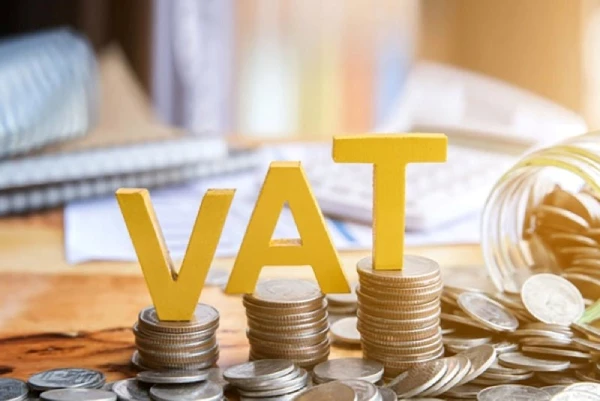
According to businesses, applying tax on exported services causes inequality between export processing enterprises and domestic manufacturing enterprises.
However, for export processing enterprises that are not subject to tax declaration, they do not have a mechanism to receive tax refunds.
“Therefore, applying tax on export services causes inequality between export processing enterprises and domestic manufacturing enterprises, because both are enterprises producing export products, but one side is entitled to deduct tax on export services, the other side is not,” VASEP stated.
For manufacturing enterprises, all taxes payable will be included in the cost. This leads to a significant increase in the cost of exported products.
As a result, Vietnamese manufacturing enterprises are less competitive than their competitors in other countries, reducing export turnover, thereby failing to retain current investors as well as attracting new investors due to tax policies being more unfavorable than those in other countries.
According to VASEP, the current VAT Law allows for a 0% tax rate for service exports. However, in reality, many businesses report that they are still often subject to a 10% tax rate because tax officials cannot distinguish between domestic consumption services and export services.
Also due to difficulties in implementation, this draft proposed not allowing exported services to enjoy a 0% tax rate anymore, but instead applying a 10% tax rate.
Given the above shortcomings, VASEP proposes to maintain the tax regulations for export services enjoying a 0% tax rate as currently regulated. At the same time, VASEP proposes to assign the Ministry of Finance to guide the method of classifying export services and domestic consumption services.
On this issue, the Vietnam Federation of Commerce and Industry (VCCI) also has similar comments.
According to VCCI, Vietnam is a country with an export-oriented economy. Since the reform period, goods export has always been an important growth driver of the country, with an average growth rate of nearly 15% per year.
This result cannot be achieved without mentioning the role of the VAT policy on exported goods enjoying a 0% tax rate and businesses being refunded input tax. Although during the application process, there are still some businesses cheating to take advantage of tax refunds, but that cannot deny the great benefits of the 0% export tax policy.
For service exports, the current VAT Law allows a 0% tax rate. However, in reality, many businesses report that they are still often subject to a 10% tax rate because tax officials cannot distinguish between domestic consumption services and export services.
Also due to difficulties in implementation, this draft proposed not allowing exported services to enjoy a 0% tax rate anymore, but instead applying a 10% tax rate.
Many businesses have reported that in recent times, in order to ensure separate accounting for revenue from domestic and foreign users, businesses have been forced to split their products into two versions to supply to two different markets. However, this solution has caused many problems and increased the cost of operating and providing products for businesses.
If you open a business in Vietnam to supply to foreign users, the product will be subject to VAT twice in two countries. But if you open a business abroad to supply to users in Vietnam, you will only be subject to VAT once in Vietnam.
For all the above reasons, VCCI recommends that the drafting agency maintain the regulation that export services enjoy a 0% tax rate and assign the Ministry of Finance to guide the method of classifying export services and domestic consumption services.
Thu An
Source


![[Photo] A brief moment of rest for the rescue force of the Vietnam People's Army](https://vstatic.vietnam.vn/vietnam/resource/IMAGE/2025/4/3/a2c91fa05dc04293a4b64cfd27ed4dbe)
![[Photo] Prime Minister Pham Minh Chinh chairs meeting after US announces reciprocal tariffs](https://vstatic.vietnam.vn/vietnam/resource/IMAGE/2025/4/3/ee90a2786c0a45d7868de039cef4a712)
![[Photo] Ho Chi Minh City speeds up sidewalk repair work before April 30 holiday](https://vstatic.vietnam.vn/vietnam/resource/IMAGE/2025/4/3/17f78833a36f4ba5a9bae215703da710)
![[Photo] General Secretary To Lam receives Japanese Ambassador to Vietnam Ito Naoki](https://vstatic.vietnam.vn/vietnam/resource/IMAGE/2025/4/3/3a5d233bc09d4928ac9bfed97674be98)

![[Photo] Prime Minister Pham Minh Chinh chairs the first meeting of the Steering Committee on Regional and International Financial Centers](https://vstatic.vietnam.vn/vietnam/resource/IMAGE/2025/4/3/47dc687989d4479d95a1dce4466edd32)
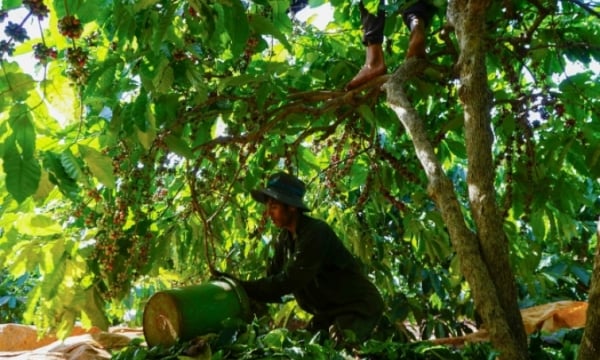



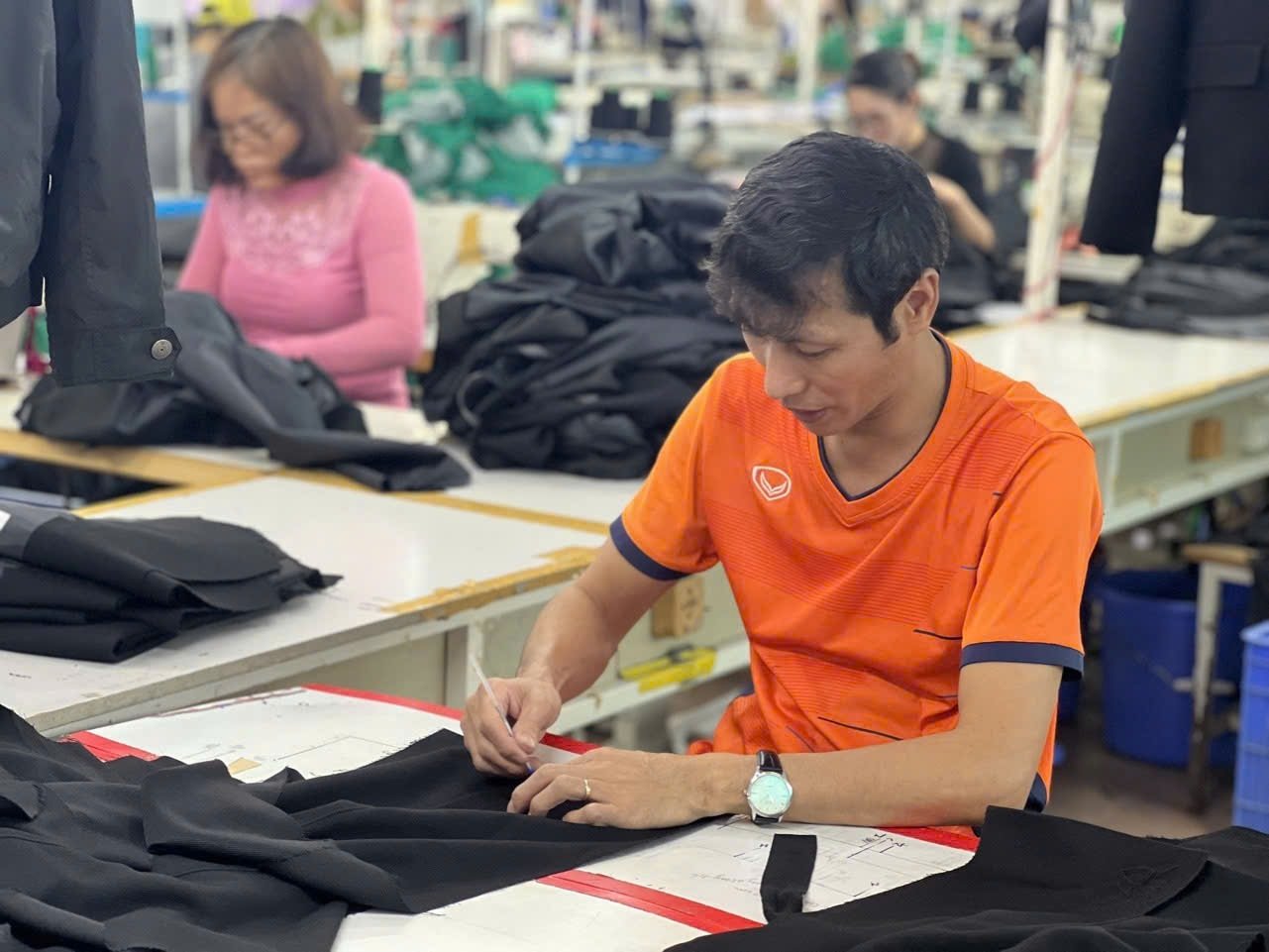



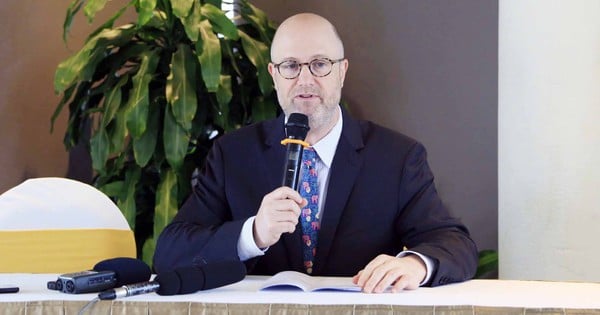

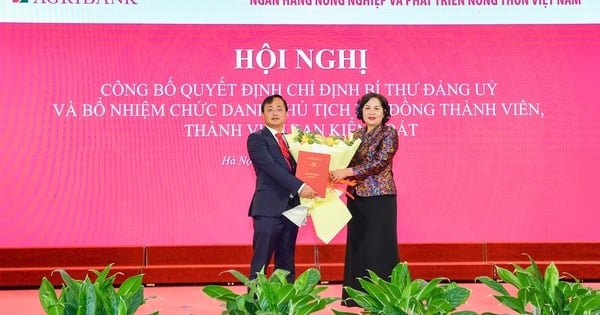
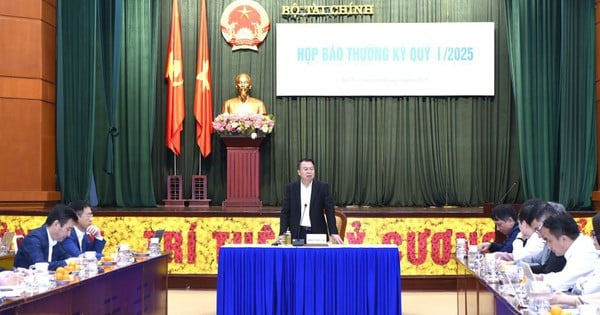






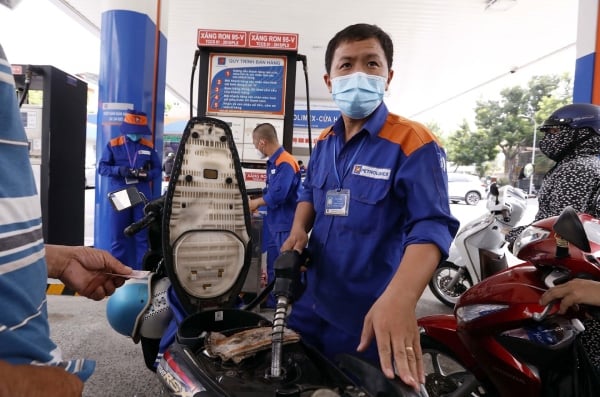

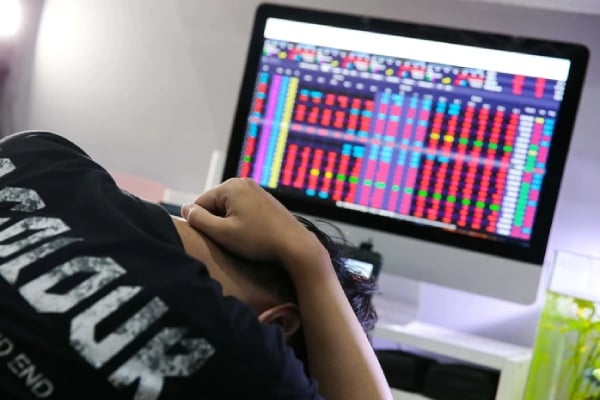
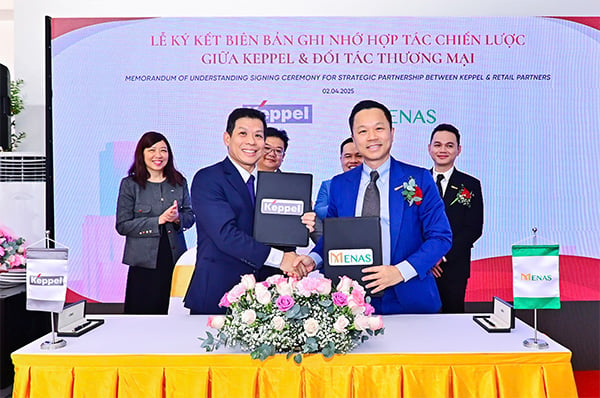

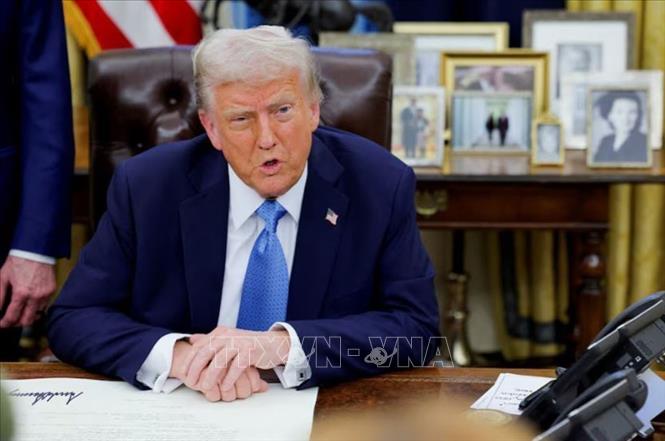

























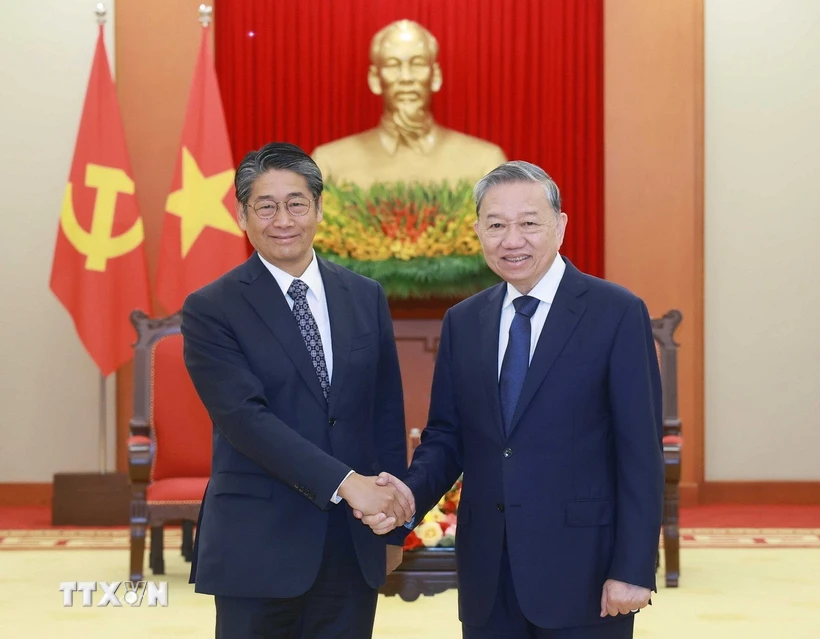


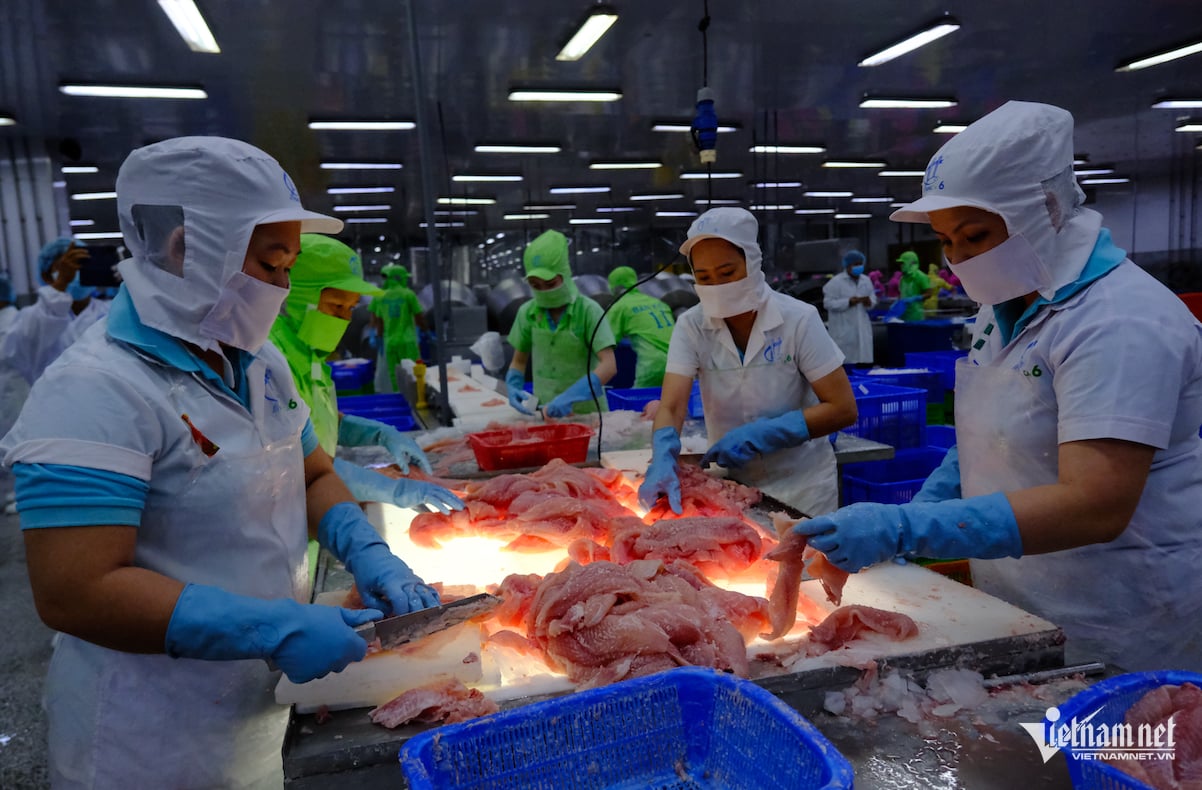









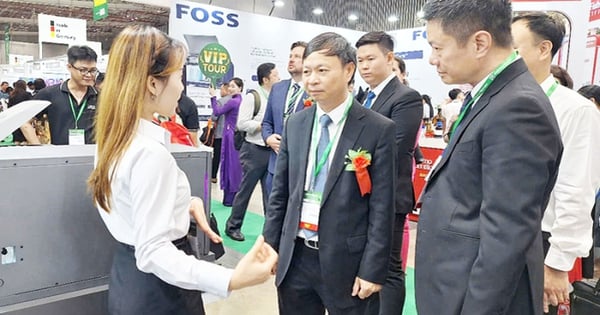

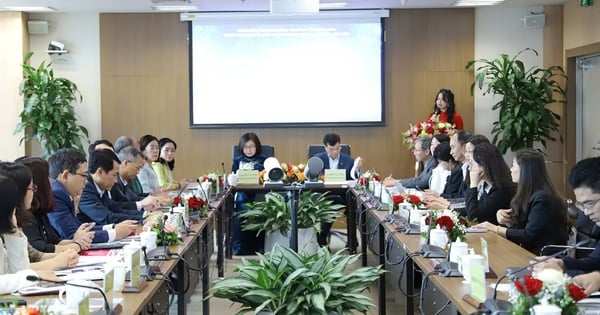

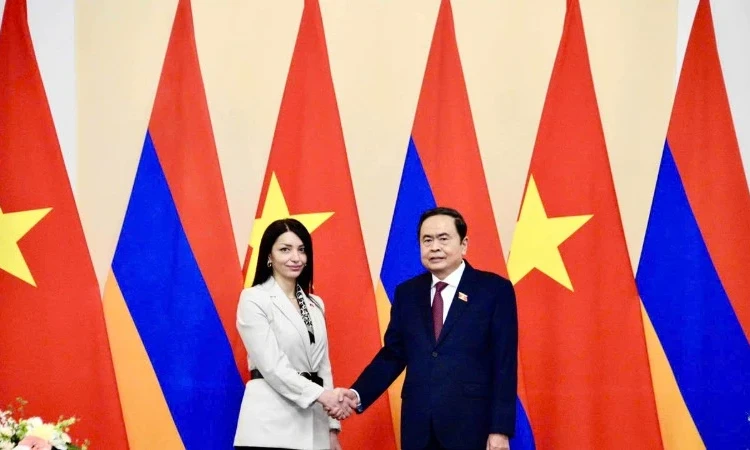


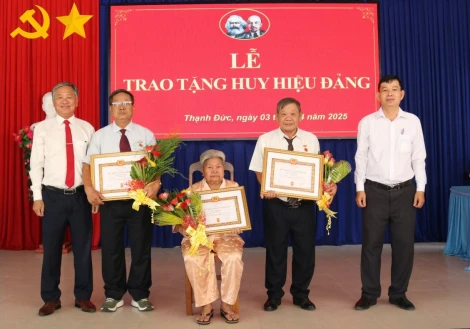














Comment (0)